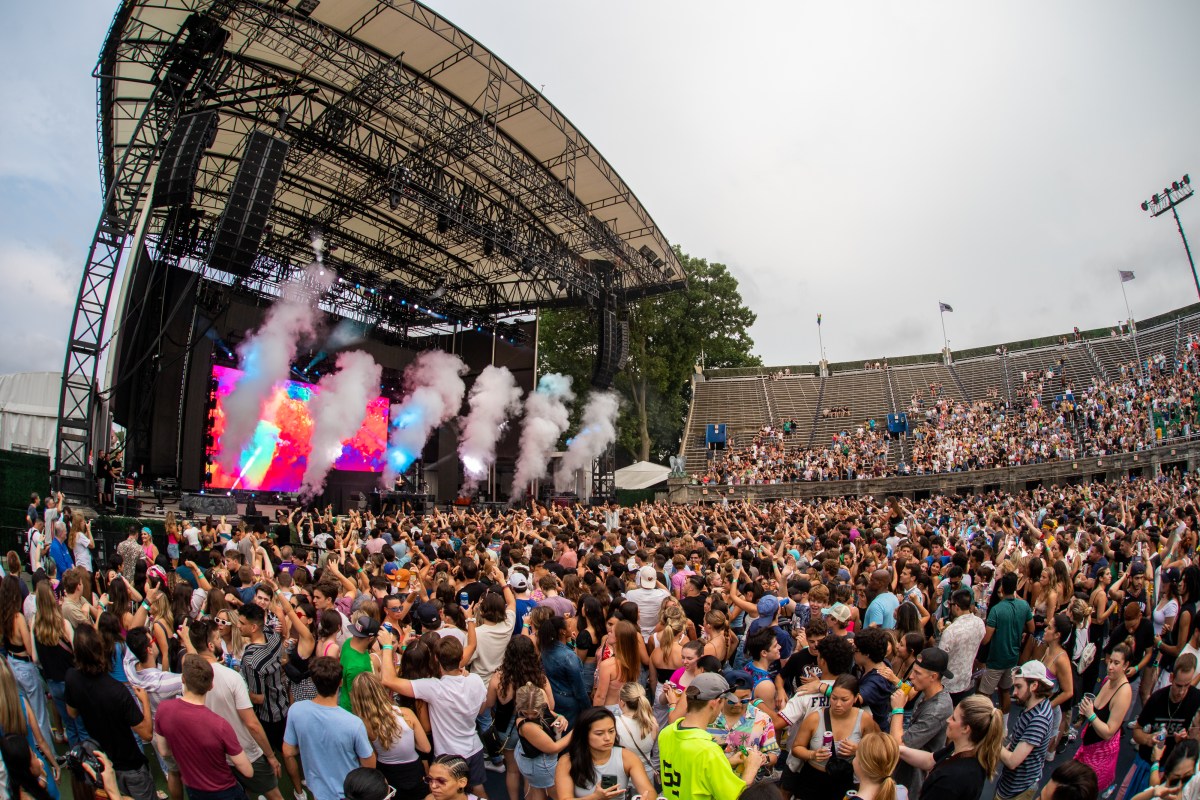From October 17 through November 15 at The New York Botanical Garden, Kiku in the Japanese Autumn Garden celebrates the ancient horticultural traditions and brilliant autumn color of chrysanthemums and Japanese garden plants. The Botanical Garden’s Enid A. Haupt Conservatory Courtyards are transformed into a setting that evokes the designed landscape gardens of Kyoto. Scarlet Japanese maples glow against Japanese black pines and golden bamboos flash against emerald conifers. Undulating masses of ferns and perennials echo the complex topography that is a hallmark of Japan’s classic gardens, while beautifully handcrafted pavilions constructed of Douglas fir, bamboo, and reeds, evocative of Japanese garden gates and tea houses, showcase kiku (Japanese for chrysanthemum), painstakingly trained into amazing floral sculptures. Combined with all of the Botanical Garden’s natural attractions, Kiku in the Japanese Autumn Garden beckons visitors to indulge in fall’s fleeting beauty.
For the past two years, chrysanthemums trained using traditional Japanese methods have been the centerpiece of The New York Botanical Garden’s lauded autumn offerings. This year the Botanical Garden presents more chrysanthemums than ever, showcased among the splendor and diversity of Japanese garden plants. In a Mum and Bonsai Garden, large installations of contemporary display styles such as cones, columns, and spheres join two traditional Kiku displays (“Thousand Bloom” and “Driving Rain”) pioneered by the chrysanthemum masters at the Shinjuku Gyoen National Garden in Tokyo and recreated by the kiku experts at the Botanical Garden. Kiku in the Japanese Autumn Garden features most of the 13 different horticultural classes of chrysanthemums, providing the opportunity for visitors to learn about the fascinating history of the mum as it traveled from its native China to Japan and ultimately to the West.
A selection of large bonsai from Shanti Bithi Nursery in Connecticut, including forest bonsai on slabs and single specimens in pots, will be on view amidst the chrysanthemums for the entire run of the exhibition. A premiere educational bonsai display will be on view in the seasonal galleries of the Haupt Conservatory for the first two weeks, October 17 to November 1, featuring specimens grown by members of the Yama Ki Bonsai Society. Meaning “plants growing in a tray,” bonsai is the sophisticated and ancient Japanese art of growing dwarf plants in containers. The bonsai are displayed among simple beds of Japanese plants and chrysanthemums on traditional display tables called tokonoma.
A Kiku and Maple Garden will feature the intense fall hues of Japanese maples and the refined elegance of Japanese perennials, grasses, and ferns, complementing two other traditional kiku styles (“Single Stem” and “Cascade”). The combination of scarlet maples, emerald conifers, and red, yellow, and white chrysanthemums will transport visitors to the spectacular autumn landscapes of Japan. A stone and kiku garden, designed by Marc Peter Keane, will provide a contemporary interpretation of the dry gardens of Japan. Instead of the traditional use of raked gravel to suggest water, this intimate garden will use red, orange, and yellow bedding mums to evoke fiery fall foliage flowing down mountain peaks represented by large stones collected from the Botanical Garden’s grounds.
This marks the final year of the Botanical Garden’s elaborate presentation of kiku. Botanical Garden experts work up to 11 months each year to grow, train, and shape the kiku on display. Cultivated from tiny cuttings, the plants are pinched back, tied to frames, and carefully nurtured. Flower buds develop as the autumn nights grow longer, and in late October the plants burst into bloom, a true celebration of the changing of the seasons. At Kiku in the Japanese Autumn Garden, four traditional kiku styles will be displayed in the Conservatory Courtyards:
• Ozukuri (Thousand Bloom): In this highly complex technique, a single chrysanthemum is trained to produce hundreds of simultaneous blossoms in a massive, dome-shaped array. Ozukuri are planted in specially-built wooden containers called sekidai.
• Ogiku (Single Stem): These plants feature single-stems that can reach up to six feet tall, with one perfect bloom balanced on top. Each chrysanthemum pot is buried horizontally and the plant stem is bent, precisely arranged in diagonal lines that decrease in height from the back to the front of the bed. The plants are then arranged in color patterns resembling traditional reins called tazuna-ue (horse bridle).
• Kengai (Cascade): This technique features small-flowered chrysanthemums that are more typical of the wild varieties. They are trained to conform to boat-shaped frameworks that cascade downward like waterfalls for lengths of up to six-and-a-half feet. The result is a burst of hundreds of tightly clustered blooms.
• Shino-tsukuri (Driving Rain): These displays use Edo-variety chrysanthemums, with blossoms that open wide, accentuating two different colors of the flower, inside and out. Each flower has three kinds of petals quilt, spoon, and flat and change shape as it matures, curling inward like a pinwheel.





















